|
Graphic novels are rapidly gaining in popularity with students, as well as with librarians and teachers. The quality and choices of graphic novels available for the classroom are rich and diverse. Did you know that both Newbery and Caldecott honors have been awarded to graphic novels? Comics are "real" reading! Teachers are beginning to see that research and practice support the use of graphic novels in the classroom. Comics and graphic novels:
I created "Graphic Novels are Elementary!" to help teachers and librarians make the most of graphic novels in the elementary grades. All of these resources are available in my online Teachers Pay Teachers store.
0 Comments
When I was in school, kids would slip comics inside their textbooks to read on the sly. Comics were considered ‘recreational reading’ at best, but usually adults saw them as mind-numbing tripe. You certainly would never have seen one used in reading instruction. Times have changed, and as comics and graphic novels become more accepted as a legitimate form of art and literature, they are making their way into classrooms. Many parents and teachers, however, still remember the stigma that comics had when they were young and are asking, “Why should kids read comics?” The biggest reason that kids should read comics and graphic novels is because they want to. Many young readers, when confronted with solid pages of text, become intimidated and overwhelmed and just give up. Give the same reluctant reader a thick, juicy graphic novel like Jeff Smith's Bone or Raina Telgemeier's Smile and they dive in eagerly, devouring every page. With many struggling readers motivation is the key, and comics are motivating. There is emerging research that shows that comics and graphic novels are not only motivating, but support struggling readers, enrich the skills of accomplished readers, and are highly effective at teaching sometimes ‘boring’ material in subject areas such as science and social studies. The following excerpts from the excellent Scholastic Graphix Teaching Guide sum things up well. Graphic novels can … help improve reading development for students struggling with language acquisition, as the illustrations provide contextual clues to the meaning of the written narrative. They require readers to be actively engaged in the process of decoding and comprehending a range of literary devices, including narrative structures, metaphor and symbolism, point of view, and the use of puns and alliteration, intertextuality, and inference. Reading graphic novels can help students develop the critical skills necessary to read more challenging works, including the classics. Emergent and Beginning Readers Young children are just beginning to learn that concrete objects can be represented in different ways. For example, a dog is a furry animal that wags its tail and barks. It can be represented by a photograph of a dog, a stylized or ‘cartoon’ illustration of a dog, or letters forming the word ‘dog’. Most children begin to make this transition from concrete to abstract through picture books, with a single illustration on each page. Sequential art (wordless comics) can take learning to the next level, asking kids to follow a sequence of illustrations that form a story. A book like Andy Runton's Owly provides an opportunity for young children to ‘read’ the pictures in order and follow the story. They love to verbalize the story, which reinforces the concept that ink on a page can be translated into ideas and words. In addition, the characters communicate using symbols, providing another opportunity for children to make the connection between abstract images and language. Before a child is ready to read text, sequential art can give them practice in making meaning from material printed on a page, tracking left to right and top to bottom, interpreting symbols, and following the sequence of events in a story. Sequential art provides plenty of opportunity for connecting the story to children’s own experiences, predicting what will happen, inferring what happens between panels, and summarizing, just as you would do with a text story. The advantage to sequential art is that children don’t need to be able to decode text to learn and practice comprehension skills. Once a child begins to decode text, the comic format enables them to read much more complex stories than is possible with traditional text and illustration. Imagine what this page from Aaron Renier's Spiralbound would look like as text: It would take pages of text to convey all the information in the last panel alone! With comics and graphic novels, beginning readers can enjoy more emotion, action, and detail than in a typical ‘See Jane run’ story. When kids read enjoyable, complex, compelling stories they are motivated to read more, so graphic novels can be a great stepping stone to longer text works. This is also an advantage when encouraging struggling or reluctant readers or English learners – they can enjoy great stories and practice high-level reading comprehension skills even at a lower text reading level. Learning Through Comics In addition to the power of comics to teach and extend literacy skills, the comic format is also a powerful tool for teaching content! The Three E's of Comics, first noted by Josh Elder, founder of Reading With Pictures, categorize the strengths of comics as learning tools into Engagement, Efficiency, and Effectiveness. Engagement Comics require readers to actively engage in making meaning from text and images. Neither the images nor the text carry meaning alone; the reader must interpret the interplay between them to understand the story. Author Sherman Alexie describes his experience learning to read by using the interdependence of text and images in comics: At the same time I was seeing the world in paragraphs, I also picked up that Superman comic book. Each panel, complete with picture, dialogue and narrative was a three-dimensional paragraph. In one panel, Superman breaks through a door. His suit is red, blue and yellow. The brown door shatters into many pieces. I look at the narrative above the picture. I cannot read the words, but I assume it tells me that "Superman is breaking down the door." Aloud, I pretend to read the words and say, "Superman is breaking down the door." Words, dialogue, also float out of Superman's mouth. Because he is breaking down the door, I assume he says, "I am breaking down the door." Once again, I pretend to read the words and say aloud, "I am breaking down the door" In this way, I learned to read. --Sherman Alexie, Superman and Me, Los Angeles Times The dual-coded nature of comics also creates depth and complexity that isn't possible in text alone. In this page from Rapunzel's Revenge by Shannon and Dean Hale and Nathan Hale, placement in time and parallel story structure are shown through the style and positioning of the panels and images. How does the artist make clear which scenes took place in the past? Not only does he show Rapunzel clearly at a younger age, but also uses desaturated colors and line work to give the images a fuzzy, memory-like quality. These panels are used not only to show Rapunzel's returning memories, but also to explicitly draw parallels between the past and the present; the mirroring of the characters' positions in the panels shows that they have been through this experience before. Hale even goes so far as to tie the matching panels together in a common background panel. Note also the parallel of the mother dropping her bucket of water when she realizes that this is her long-lost daughter, and Rapunzel dropping her pink party hat (which she had been using as a cup for water) when she begins to remember her mother. Efficiency The comic format conveys a great deal of information in a short time, while allowing the reader to control the pace of reading and rereading. The comics format is highly efficient at conveying large amounts of information in a short amount of time. They work so well, in fact, that it's a standard means of communicating lifesaving information. And images in sequence have been used for ages to communicate stories and information efficiently without text. While readers can gain a great deal of information quickly through the visual nature of comics, they are also able to control the pace of their learning. Jonathan Hennessey, author of The United States Constitution: A Graphic Adaptation, and The Gettysburg Address: A Graphic Adaptation, explains: I think the interplay of words and pictures has a way of engaging many aspects of the human mind at once, and can create a powerful experience of interacting with emotions and ideas. Unlike movies, however, the reader can go at his own pace. He can be more involved and active in the experience. In one image or composition, the reader can linger over the potential significance of small details without having the sense that the narrative flow has been disrupted. No matter how much time you spend inside one panel, you never feel like the story has stopped or altered tempo. Not the way you would if you pressed “pause” while watching a video. So it’s ideal for students and teachers. It has the vividness of the moving image and the complexity of text. National Ambassador for Children's Literature and graphic novelist Gene Yang: …in comparison to other visual media like film and animation, graphic novels are permanent. …You see, language and actions in film and animation are time-bound. They're on screen one minute and gone the next. …Graphic novels on the other hand, have a 'visual permanence' to them. Time progresses only as quickly as your eyes move across the page…. It doesn't matter how quickly I 'say' the lecture. What matters is how fast you choose to read it! The rate of information-transfer is firmly in your control! Effectiveness
Processing text and images together leads to better recall and transfer of learning. Recent studies have shown that students who read text and images together have better attitudes toward learning, recall information more effectively, and transfer their learning to new problems.
Many teachers would like to use graphic texts in their classrooms, but need to convince their administrators of the value these complex texts can provide in instruction and learning, and how they can be used to address Common Core State Standards. I created a presentation for San Diego Comic-Con in which specifically and thoroughly addresses this issue.
The Common Core State Standards lay out specific guidelines about “text complexity,” and graphic novels are mentioned specifically within the range of text types for grade 5 and grades 6-12. “Integrating Comics into the Common Core” shows how graphic texts meet CCSS text complexity requirements, including levels of meaning, structure, language conventionality and clarity, and knowledge demands, with specific examples of each from some of the best graphic texts available. Click below to download a PDF version of this resource. Through Reading With Pictures curriculum services, I create teacher's guides for Andrews McMeel's amp! Comics for Kids line to help teachers get the most out of these kid-favorite comics in the classroom. Titles include:
All of my teacher's guides for AMP! Kids graphic novels are available free at http://www.ampkids.com/guides. Think Earth is a non-profit organization that helps communities maintain a sustainable environment through education. I am fortunate to be working with a talented team of educators and writers to update the Think Earth Environmental Education Curriculum for the 21st century.
We have revised the K-3 curriculum, including teacher guides and student materials, and made them available online so that teachers around the world can access the units for free at www.thinkearth.org/curriculum. We are currently working on the units for grades 4–8 and expect to have those online by the end of 2017. I have also been involved in the redesign and relaunch of the Think Earth Foundation website, marketing and publicity for the new curriculum, and management of the Foundation’s social media presence. One of the most challenging projects I have managed is a series of books on using Google Earth to teach math, science, social studies, and language arts. Using Google Earth: Bring the World into Your Classroom, by NASA scientist JoBea Holt, earned a Distinguished Achievement Award from the Association of American Publishers, and I’m very proud of what we accomplished.
Our team put a great deal of effort and time into creating lessons and instructions that enable classroom teachers to use the highly complex and powerful Google Earth program to engage students’ curiosity and leverage technology to teach content. My greatest challenge was editing complex directions into clear, easy-to-follow procedures illustrated with multiple screenshots so that no matter teachers’ familiarity with the program they could use Google Earth with their students. Lessons include:
Click each book cover to see a preview. Reading With Pictures: Comics That Make Kids Smarter, published by Andrews McMeel, is a groundbreaking work which proves, once and for all, that comics belong in the classroom. The book features comics specifically designed to teach math, science, social studies, and language arts to students in grades 3–6.
In addition to working as one of the editors on this book, I edited the extensive teacher guide and wrote many of the lessons. You can purchase Reading With Pictures: Comics That Make Kids Smarter here, and download the free teachers guide. 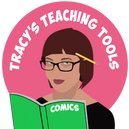 Many teachers would like to use graphic texts in their classrooms, but need to convince their administrators of the value these complex texts can provide in instruction and learning. This document is a summary of the latest research and rationale supporting the use of comics in education. Click here to download a one-page summary explaining "Why Kids Should Read Graphic Novels." Click here to download an overview of the educational strengths of the comics medium for teaching and learning content. Click here to download a summary of research supporting the use of comics in education. One of the questions I get the most from teachers and parents is, “But how do I find graphic novels for my kids?” Below are a few title lists that I hope you will find helpful. Please feel free to share!
ALA and Eisner Award-Winning Titles A list of American Library award nominees and winners, including Caldcotts and Newberys, that are in graphic novel or prose/graphic novel hybrid formats, as well as a list of Eisner Award winners in the categories for "younger readers" and teens/YA. The Eisners are like of the Oscars of comics. Comics in the Content Areas A fairly comprehensive list, broken out by school level, of comics/graphic novels for teaching science, math, and history/social studies, as well as folktales & myths, business & economics, biographies, books about making and understanding comics, and books about using comics in education. Science Comics I started a list of science comics and related resources. Please jump in an add what I missed! Graphic Novels with Female Leads I'm often asked by parents and teachers for graphic novels with strong female leads for their daughters to read. Boys should read all of these as well -- they're great for everyone! Tracy's Graphic Novel Recommendations A list of the books that I love and that I know kids love. One side of the list is for younger readers (up to about age 8), all of which are also great for older readers, and the other side of the list is for ages 8+. There are old favorites in here, as well as some you may never have seen before. Have fun reading! |
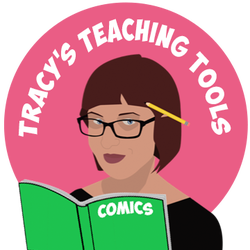
Visit my Teachers Pay Teachers store for more graphic novel classroom resources!
About Tracy
Tracy Edmunds is a teacher and educational consultant specializing in curriculum development, editing, and writing, focusing on the areas of comics and science. Archives
July 2023
Categories |
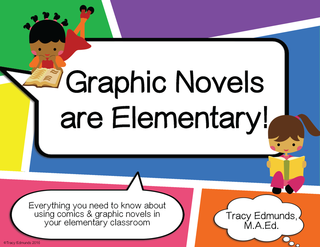
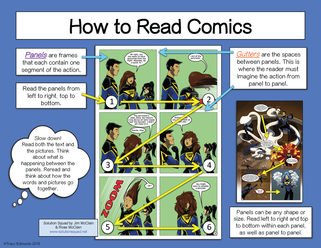
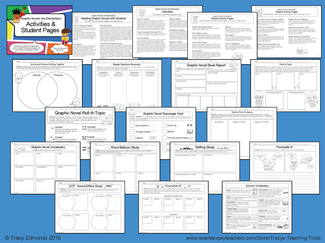
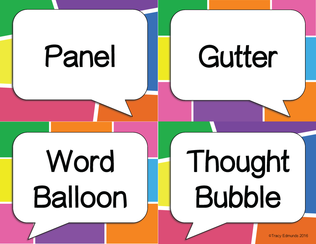
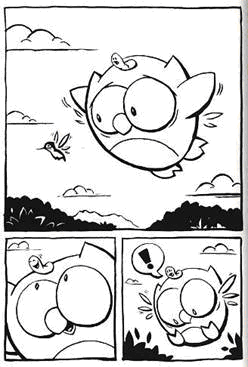
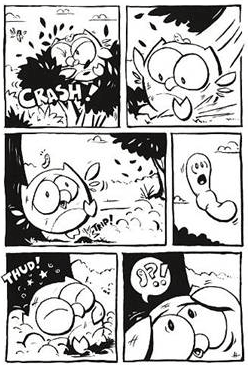
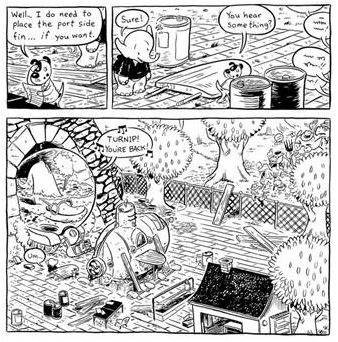

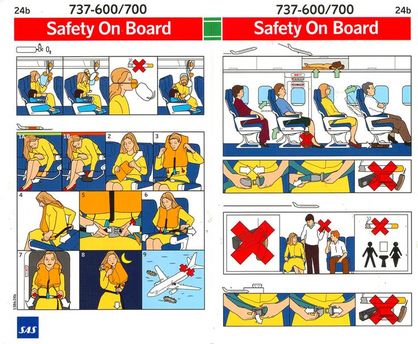
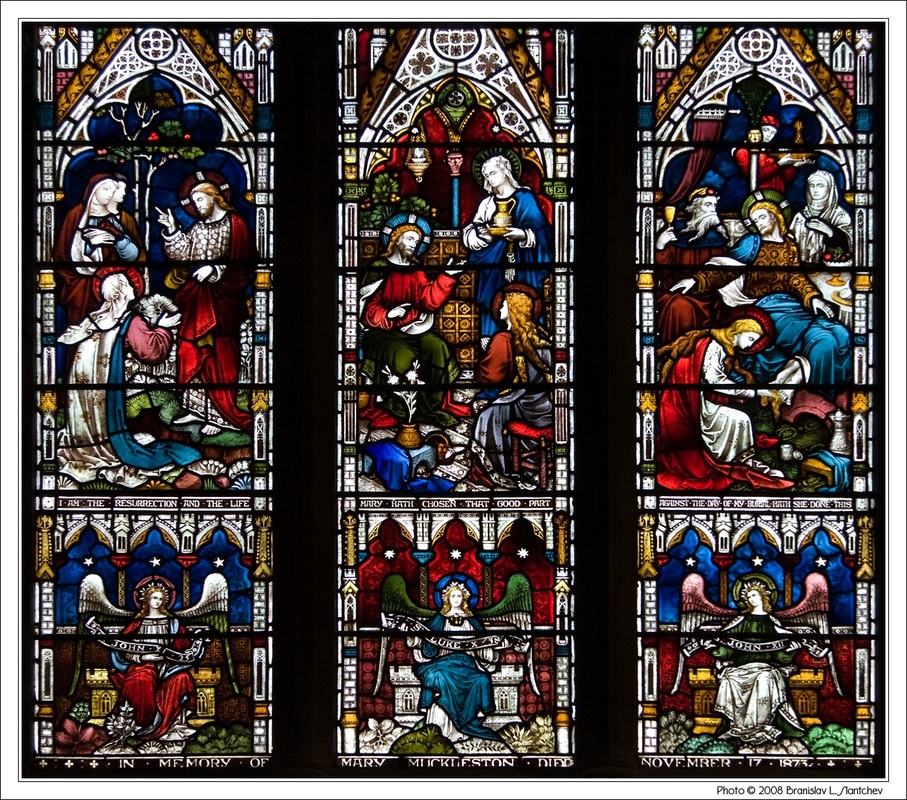
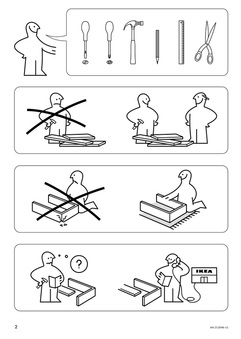
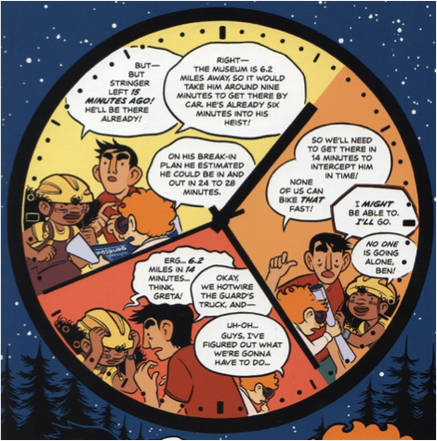
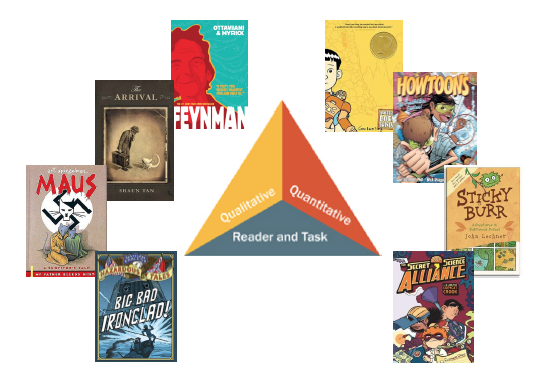
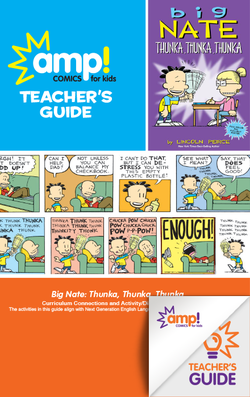
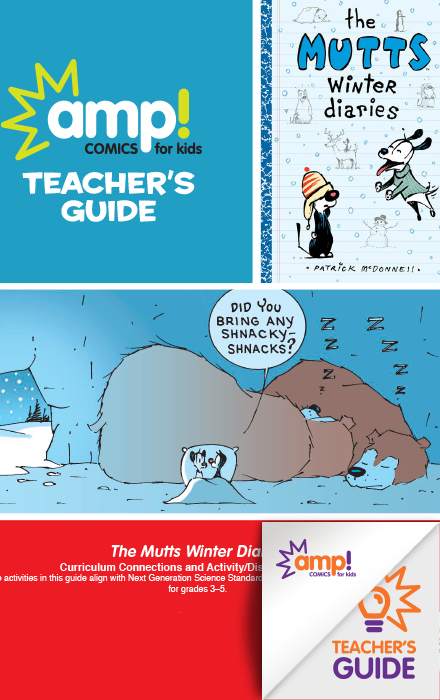
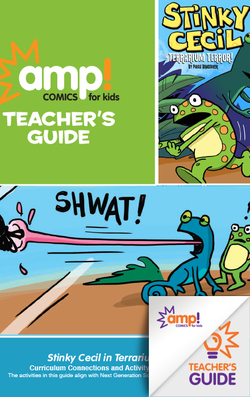

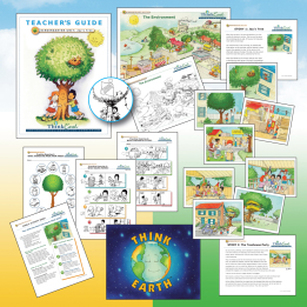
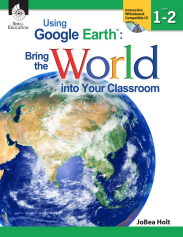
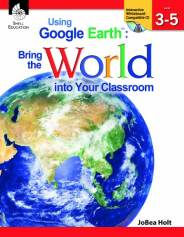

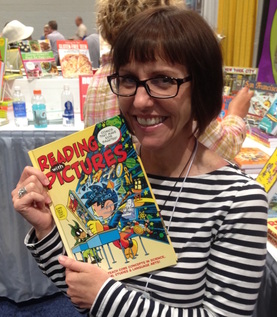
 RSS Feed
RSS Feed